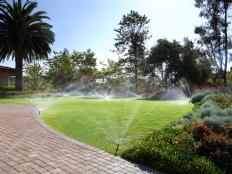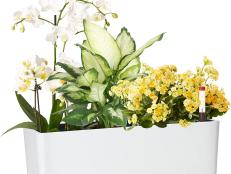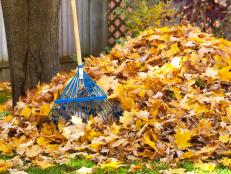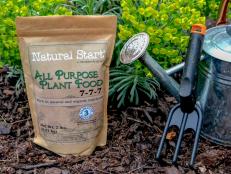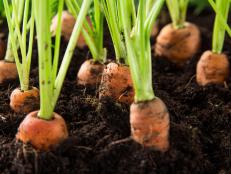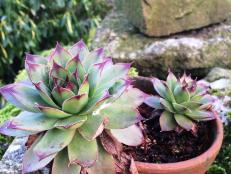Saddleback Caterpillar

If you see this critter, don't touch! Its many spines are capable of delivering a sting you won't soon forget. The saddleback caterpillar's hollow quills are connected to poison glands beneath its skin, and the pain and swelling from contact with them can rival or surpass that of a bee sting.
The saddleback caterpillar (Acharia stimulea) is the inch-long larval form of a fuzzy, dark brown moth. In this crawling stage, however, its coloration is vivid: in the center of its bright green "saddle" is a purplish-brown circle. The critter can be found in the eastern U.S., mostly on deciduous trees and shrubs as well as corn and grasses in midsummer to early fall.
If you have the misfortune of a too-close encounter with the saddleback, wash the area immediately with soap and water, and apply ice to help relieve pain. If any spines are still embedded in the skin, adhesive tape may be useful in removing them. The burning pain and discomfort can last for several hours. People with allergic reactions or who have a sensitivity to bee stings should contact their physician immediately.







